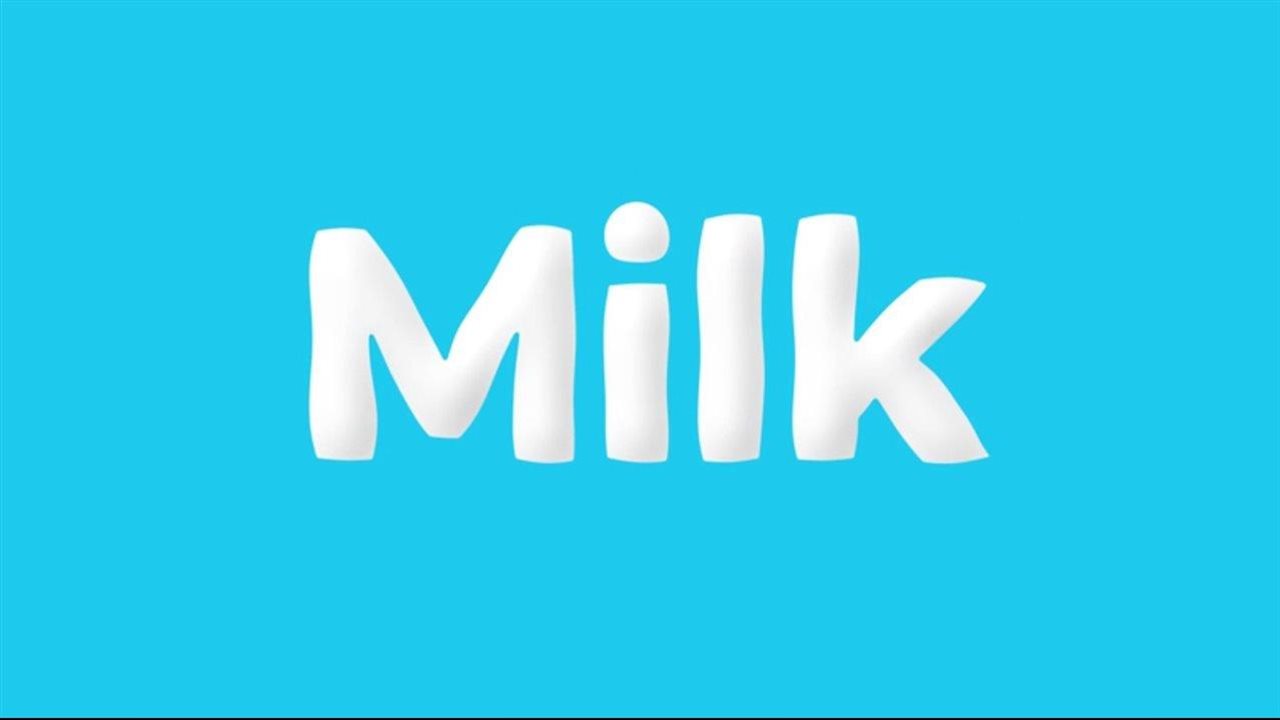(BPT) – If you struggle with packing kids’ lunches and on-the-go snacks, or you’d just like to see less food and drinks wasted in your home, you can find the solution by choosing products in shelf-stable packaging, such as Tetra Pak® cartons.
A wide variety of products come in shelf-stable carton packaging, such as soups, broths, plant-based beverages and even dairy milk. Food and drinks packaged in shelf-stable packaging can be stored unopened and at room temperature for six months or more.
While some food and beverages stored at room temperature are familiar sights on the inner aisles of grocery stores, how can products like dairy milk be stored safely without refrigeration for long periods of time? And, is there any negative impact to the quality and nutritional value of the product?
Myths versus facts about shelf-stable milk
While shelf-stable milk (sometimes called aseptic or UHT milk) is widely used in many countries around the world today, it is less common in the U.S. This may be partially due to habit and tradition, as well as some common misconceptions.
So, we’re busting a few myths about shelf-stable milk:
Myth #1: Shelf-stable milk uses additives or preservatives to keep the milk from going bad
Fact: No additives or preservatives are needed. What keeps this milk safe is a combination of Ultra High Temperature (UHT) processing and aseptic packaging solutions.
To keep shelf-stable milk safe to drink without refrigeration, the milk is pasteurized at ultra-high temperatures of 270-280 degrees Fahrenheit briefly before quickly being chilled. This UHT method helps kill bacteria which can lead to the milk going bad.
After being pasteurized at higher temperatures, shelf-stable milk is packaged to further protect the product from spoilage. Tetra Pak aseptic cartons are made from six layers that include paper, polyethylene (plastic) and aluminum. The aluminum layer is very thin but plays a key role in protecting the product from air and light, eliminating the need for preservatives or refrigeration before opening.
Myth #2: The nutritional value of shelf-stable milk is not the same as chilled dairy milk
Fact: The nutritional value of shelf-stable milk, measured by the level of nutrients such as protein, calcium and Vitamin D, is no different than chilled options and meets all nutritional requirements.
Myth #3: Shelf-stable milk tastes different than chilled dairy milk
Fact: While some say that shelf-stable milk tastes identical to refrigerated milk, others find that it has a slightly sweeter taste, which can be a result of the heat treatment. There is nothing added to the milk to change the flavor.
Myth #4: Shelf-stable cartons are not recyclable or sustainable
Fact: Shelf-stable cartons are recyclable and can be tossed into your regular recycling bin. To learn more about carton recycling where you live, visit RecycleCartons.com.
Additionally, Tetra Pak cartons are made mostly from renewable resources that are better for the environment because they can be replenished over time and enable a move away from fossil fuel-based materials.
Variety of uses for shelf-stable milk
Since shelf-stable milk in cartons remains safe on the shelf without refrigeration for long periods of time before it is opened, it offers a number of convenience benefits and is great for nearly every occasion where milk is consumed.
Without the need for refrigeration, you can rest assured you’ll always have milk in the event of a power outage and that the nutritional dairy milk you pack in the lunchbox will still be safe to consume several hours later.
Additionally, shelf-stable milk is a practical solution for large organizations like food pantries and schools. In fact, several school districts have studied the use of shelf-stable milk in their meal programs, finding that it led to a reduction in wasted milk.
Want to learn more about how shelf-stable milk is processed and packaged? Check out this video or visit TetraPak.com/en-us/solutions/aseptic-solutions.

